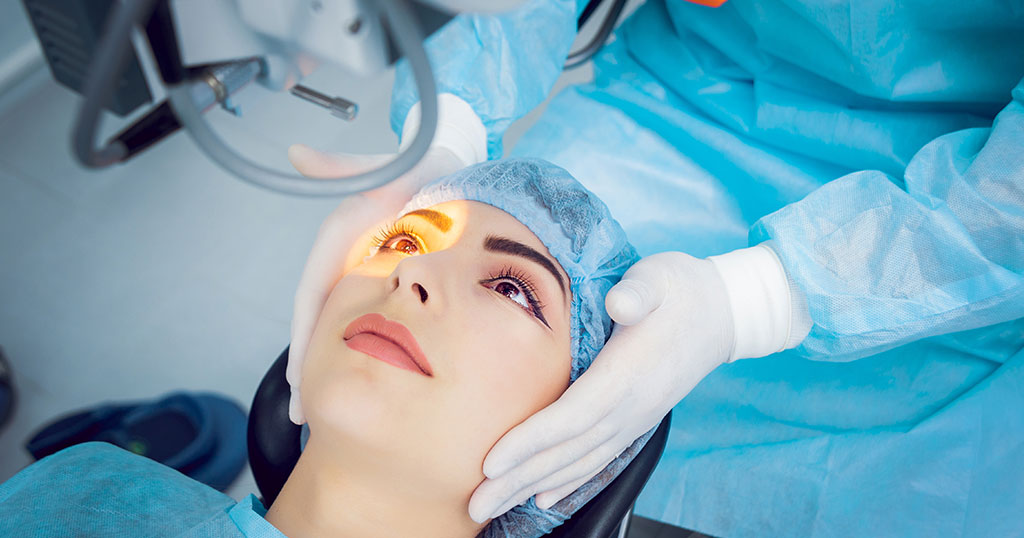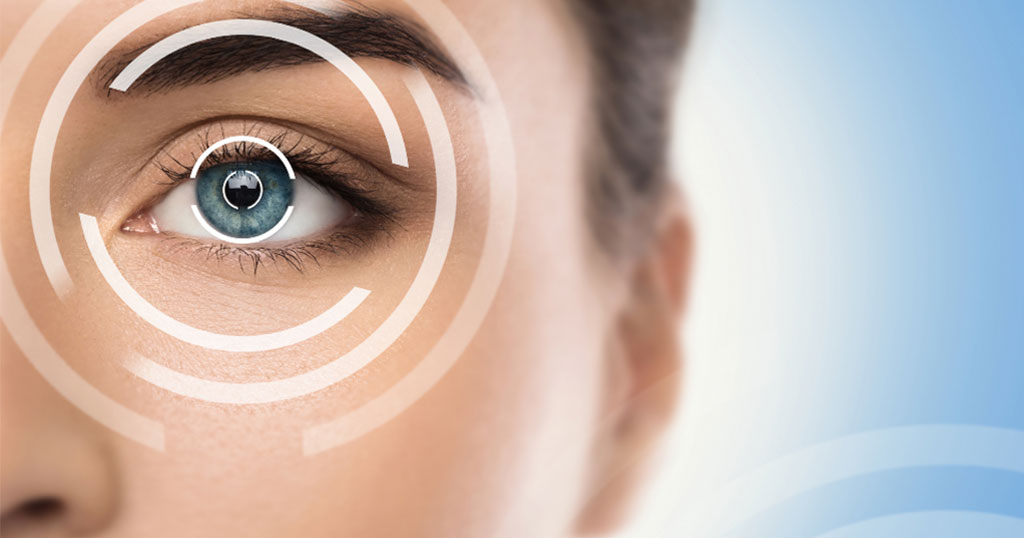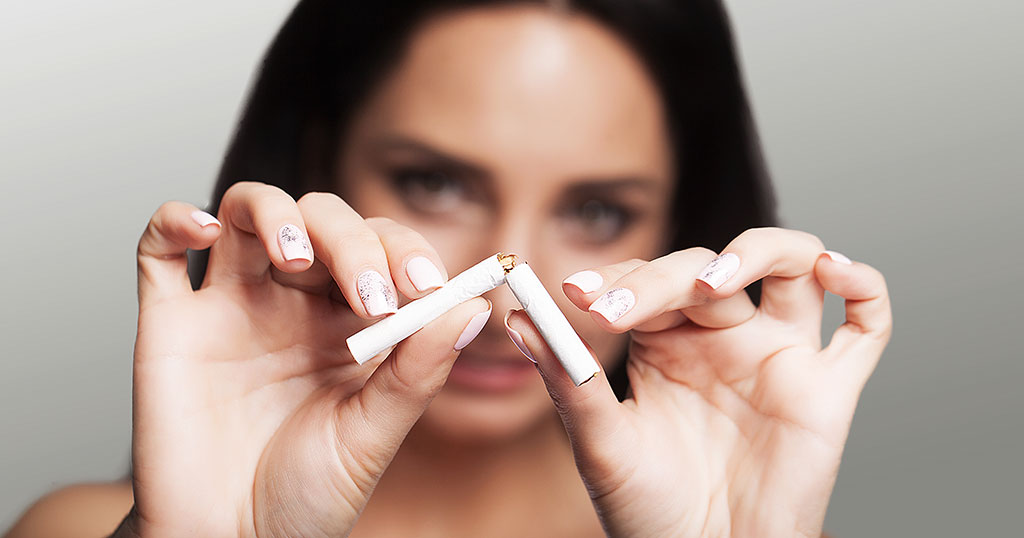Why is it important for children to wear sunglasses? As children are in a dynamic active state of growth, it is estimated that 50% of total sun exposure occurs in the first 18 years of age, since children are more active outdoor during this age. Another important factor is the deletion of the ozone layer,… Continue reading Importance of Sunglasses for children
MIGS: The new and exciting prospect in Glaucoma treatment!
This blog on Minimally Invasive Glaucoma Surgery (MIGS) was authored by Dr. Salman Waqar, Consultant Ophthalmologist in Cataract and Glaucoma Surgery. What is MIGS? Minimally Invasive Glaucoma Surgery, or MIGS, has shown formidable results in mild or moderate glaucoma. MIGS is designed to improve the safety of surgical intervention for glaucoma cure. While coined minimally… Continue reading MIGS: The new and exciting prospect in Glaucoma treatment!
Are all LASIK procedures the same? Which one is the best?
This week’s blog on Are all LASIK procedures the same? Which one is the best? has been contributed by Dr Osama Giledi, Consultant Ophthalmologist, Specialist in Cataract, Cornea and Refractive Vision Correction SurgeryIf you have been thinking about laser vision correction surgery and reading up on it, you may have come across many different procedure… Continue reading Are all LASIK procedures the same? Which one is the best?
Smoking and the Eyes
This week’s blog on Smoking and the eyes has been contributed by Dr Ammar Safar, Medical Director, Consultant Ophthalmologist and Vitreoretinal Surgeon. Most people are very aware that smoking in all shapes can cause cancer, lung and heart disease, as well as many other health problems but people are always surprised when I tell them… Continue reading Smoking and the Eyes



